The use of tobacco dust from pests
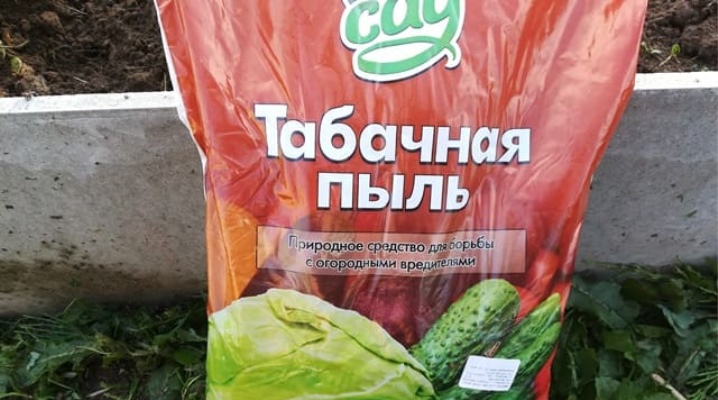
In recent years, more and more gardeners and gardeners refuse chemical fertilizing, preferring natural materials. They are environmentally friendly and have a gentle effect on plants. Tobacco dust is recognized as one of the most popular natural remedies that make it possible to create an effective top dressing and at the same time rid the beds of pests.

Forms of issue
Tobacco dust is a waste generated during the manufacture of tobacco; it looks like a brown powder. The product is an effective fertilizer for plants, which is why it is universally chosen by advocates of safe farming.
Tobacco dust does not contain pathogenic microflora, while it has a large supply of trace elements.


The use of such fertilizer makes it possible to increase the fruitfulness of flower and vegetable crops, as well as to improve the quality of the crop. In addition, tobacco dust has a detrimental effect on garden pests and reliably protects the garden from parasites. The drug is a real storehouse of useful microelements, it includes:
- from 2 to 7% nitrogen;
- 1-3% potassium;
- 2% phosphorus;
- magnesium.
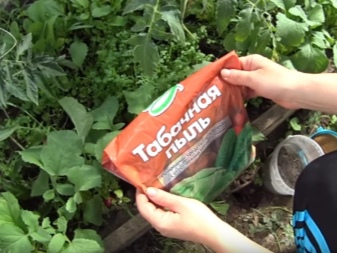
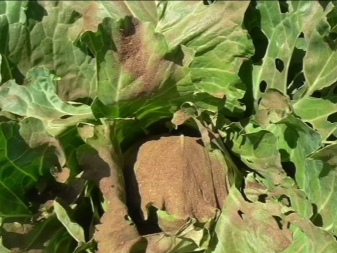
You can buy tobacco dust at any shop for gardeners and gardeners. Most often it is sold in powder form. Dry application is most effective when digging land. Also, the powder is used for the manufacture of decoctions and infusions, which create effective protection of plantings from insects. You can buy tobacco dust in the form of crumbs, a similar form is optimal for introduction in the autumn. Before wintering, it is used to fumigate greenhouses and greenhouses where cultivated plants are grown.
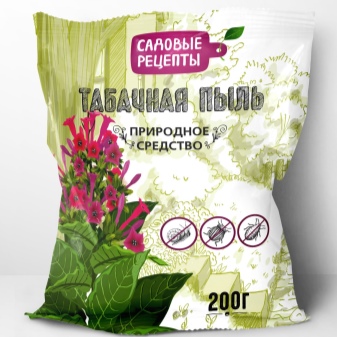
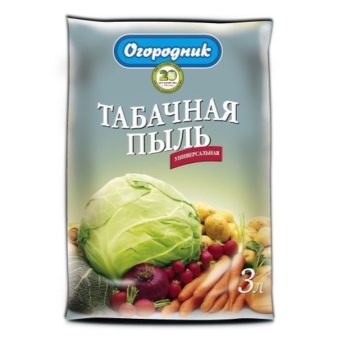
Some shops offer liquid dust. In other words, this is an infusion based on a powder in a concentrated form; before use, it is subject to additional dilution with water. Smoke bombs are offered a little less often - this form is optimal for fumigating open plantings, as well as greenhouses and greenhouse farms. You can also buy complex formulations:
- a mixture of tobacco and tobacco powder;
- Tabazol is a complex preparation based on tobacco dust, wood ash and lime;
- "Tabagor" - an analogue of "Tabazol", includes mustard powder;
- "Actellik" and "Fitoverm" are complex products.
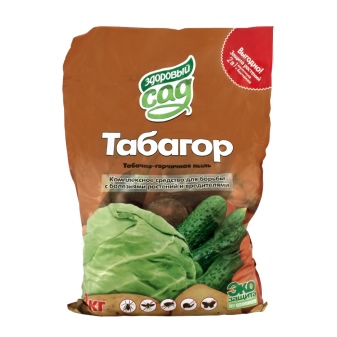

You can make tobacco dust with your own hands at home. For this, ash or lime is added to it, all components are taken in equal proportions. However, ready-made store products include more micronutrients, therefore they give the greatest efficiency when processing plantings.
What crops is it suitable for?
Tobacco dust is used for a wide variety of cultivated plants. Most often, cucumbers, tomatoes, cabbage, as well as fruit and berry crops (currants, raspberries, gooseberries) are processed with mixtures based on tobacco products. High efficiency is obtained by using the powder in flower beds with bulbous flowers (irises, lilies, daffodils, dahlias). The drug allows you to fight a large group of parasites.
- Aphid. Processing is carried out by spraying the seedlings with a decoction or infusion of tobacco powder. The manipulations are repeated 3 times every 1.5–2 weeks.
- Fruit moth. An infusion is prepared, for this 150 g of powder is brewed with boiling water and left to infuse for a day. Then it is filtered and the volume is brought up to 10 liters. The composition is used to treat the green parts of the plant.
- Midges, onion and cabbage flies, ants. In this case, the trunk circle within a radius of 5 cm near the bush is sprinkled with tobacco dust mixed with lime or ash in equal volumes. The treatment is carried out taking into account the consumption standards: 20 g / m 2. It can be used for dusting the root necks 2 times per season, the treatment is carried out at the rate of 15 g / m 2.
- Medianitsa. To get rid of this pest, the site is fumigated with tobacco powder. This is done at the stage of bud formation or immediately after the end of flowering. The procedure should be carried out in the evenings on calm days.
- It's no secret that indoor plants often fall prey to spider mites. To get rid of them, at the first signs of damage, the plant is treated with a decoction of a tobacco preparation. After a week, the treatment is repeated.
- Ringed silkworm, leafworm, thrips and whitefly. These pests are very sensitive to tobacco. The processing is carried out by distributing a dry mixture of lime and tobacco in equal proportions, the consumption rate is 25–30 g / m 2.
- Raspberry beetle, gooseberry moth. Such insects often affect fruit and berry crops. To lime them, the bushes are sprayed with a decoction of tobacco dust at the budding stage.
- To destroy cruciferous flea beetles, which often damage the cabbage crop, every month they are dusted with a dry composition based on tobacco dust, phosphate rock or lime. Application rate - 20 g / m 2.
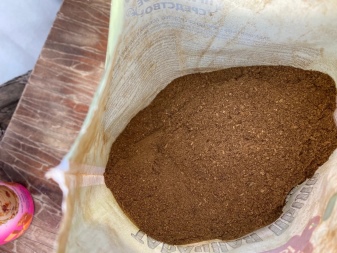
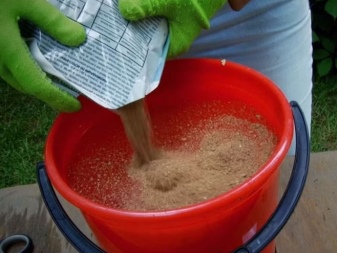
Application methods
If you stimulate the increased growth of horticultural crops with ready-made stores with chemical-based preparations, then the fruits accumulate toxins. These products are harmful to human health when consumed. That is why summer residents prefer to make organic fertilizing based on natural preparations: wood ash, humus and tobacco product. It is noticed that tobacco powder significantly improves the structure and quality of the substrate, and, in addition, creates effective protection against insect pests.
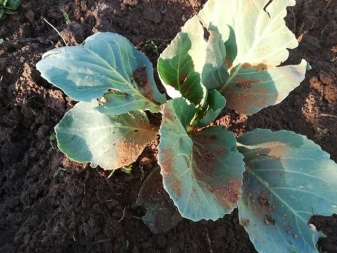
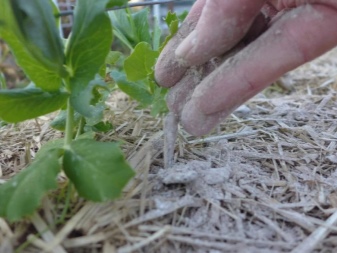
When using tobacco products for plant nutrition, they are brought into the ground. In this case, you need to adhere to the basic rules:
- in the spring, before digging up the soil, the waste of the tobacco industry is introduced into the ground at the rate of 3-4 g / m 2, during this period it is advisable to combine them with nitrogen-containing fertilizers;
- a similar feeding is carried out in the autumn, but by winter, tobacco dust is combined with phosphorus components;
- before planting ornamental and fruit and berry plants, 500 g of powder is poured into each hole.
Top dressing based on tobacco is widely used in the arrangement of lawns. To do this, 30-50 g of the substance is evenly distributed in 1 m 2 of plantings before the introduction of the grass.
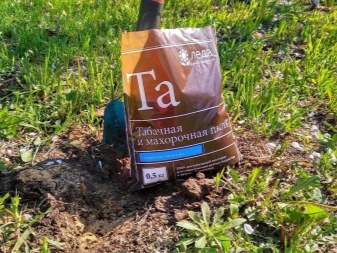
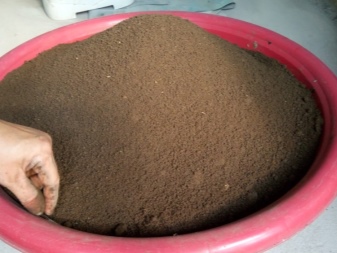
After adding tobacco dust, the soil must be loosened and watered abundantly with a drip method.
If tobacco is used to feed indoor plants, it must be mixed with substrate and river sand. To do this, add 1 tbsp to 10 kg of earth. l. tobacco powder and stir thoroughly. When cultivating spring and winter cereals, the rate of application of the drug is 5 kg per 10 m 2 of the field. For horticultural plants, each meter of the sown area is fertilized with a mixture of 40 g of tobacco powder and manure.
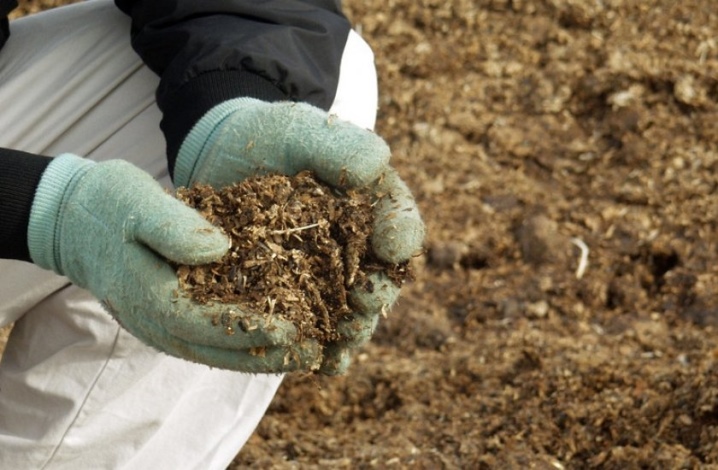
Let us dwell in more detail on the features of the use of tobacco dust from slugs and insect pests. This substance contains 1% nicotine, which has the most destructive effect on parasites. With the help of powder, any crops are treated, both grown in an open area and grown in a closed greenhouse. As a rule, they resort to one of 3 processing methods:
- spraying with infusion;
- fumigation;
- dusting.
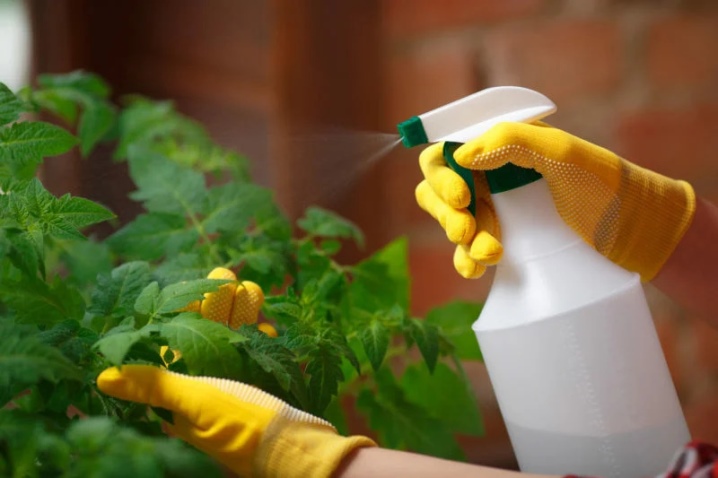
Let's dwell on the features of each of these techniques.
Spraying
To protect cucumber bushes, tomatoes, strawberries, cabbage and other garden plants from moths and caterpillars, spraying a liquid infusion gives a good effect. It is carried out 2 times at intervals of 2 weeks. It is imperative that the processing is carried out no later than 14 days before harvesting the fruit.
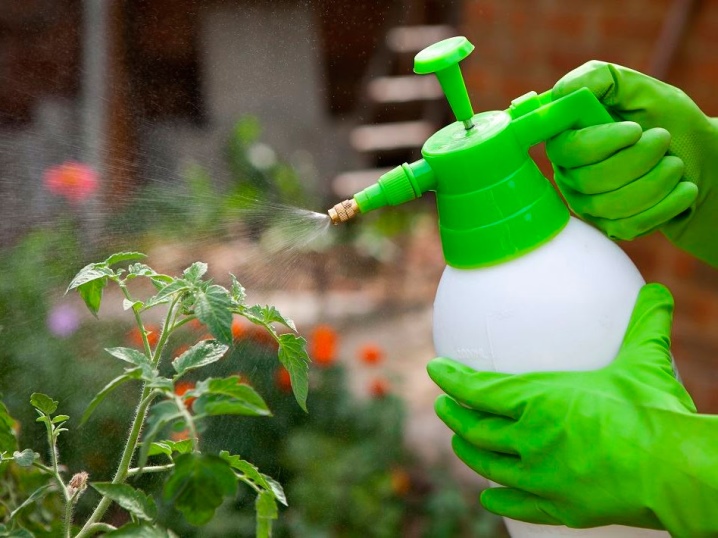
Important: we pay attention to the fact that it is impossible to use spraying for dill, sorrel, basil, parsley and other herbs used for food, because after such processing it will be unsafe to consume it inside.

It is easiest to make an infusion of a tobacco product from garden pests. There are several effective recipes.
- In a bucket of warm water, heated to 30 °, dissolve 40 ml of the powder and incubate for 2-3 days. The prepared infusion is filtered to completely get rid of the thick sediment. The purified liquid is diluted with water at the rate of 1 to 2, 5 g of a soapy substance is injected per 1 liter of the finished product - this will ensure maximum adhesion of the nutrient fluid to the surface of the leaf plates. The solution must be applied immediately after dissolving the soap.
- A good effect against pests is obtained by using a mixture of tobacco product and wood ash. To compose the nutrient solution, take 250 g of each component and steamed 1.5 liters of boiling water. After cooling down, strain the liquid, dilute with 500 ml of water and add a couple of spoons of green soap. The finished concentrate is thoroughly mixed and the affected plant is sprayed.
- An effective insect repellent can be made by diluting the tobacco powder in cool water in a 1 to 10 ratio. The solution should be boiled for half an hour, let it brew for about 2 days and filtered to remove all the residue. Before use, the concentrate is diluted with water in a ratio of 1 to 3 and grated soap is added at the rate of 3 g per liter of finished liquid.
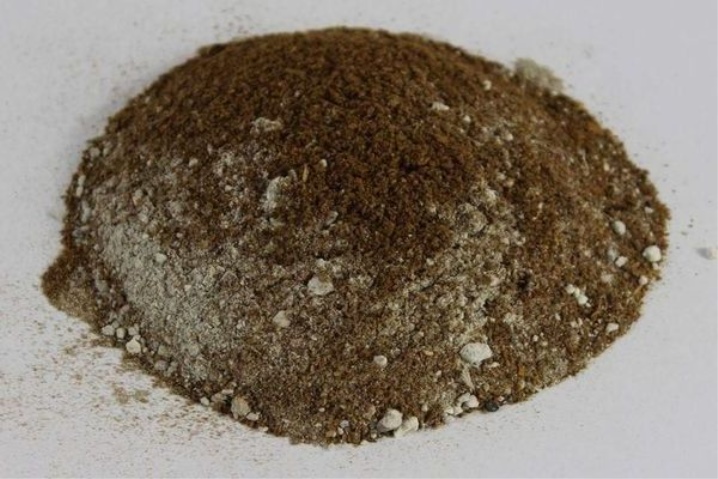
Important: for the preparation of infusions and decoctions based on a tobacco product, you cannot take kitchen utensils, as they will become unsuitable for storing food.
Fumigation
To repel insect pests, tobacco can be used in the fumigation technique. Usually, this procedure is carried out before flowering, so as not to drive away beneficial insects and not to interfere with pollination. Taking into account the method of growing horticultural crops, one of 2 processing methods can be adopted.
- If fumigation is carried out in an open area, shavings, wood chips or wood should be set on fire in a metal bucket or basin. Tobacco powder is poured into the flame and the bucket is placed near shrubs and trees damaged by pests. In this case, it is imperative to take into account the direction of the wind. To achieve the maximum effect, the treatment is carried out for at least half an hour, the best option is 1.5–2 hours. The powder is taken at the rate of 10 g / m 2 of the sown area.
- When processing in greenhouses, 10 g of powder are taken per square meter, fumigation is carried out in the same way. However, this treatment should be carried out at least 3 days before planting garden crops. When processing closed rooms, it is important to observe safety precautions: put on a respirator and leave the greenhouse.
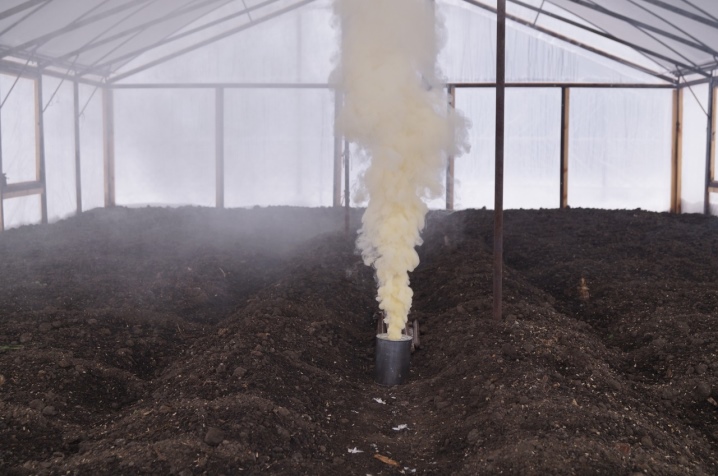
Dusting
Twice during the growing season, you can powder the plants with powder. To do this, you will need 30 g of powder per meter of sown area. When processing strawberries and strawberries, dusting should be carried out in early spring, otherwise the taste of the berries may deteriorate significantly. When processing seedlings in a greenhouse, the consumption is reduced to 10–20 g / m 2. This method is used no more than 2 times for the entire season. There are some peculiarities when using tobacco dust for processing various garden plants.
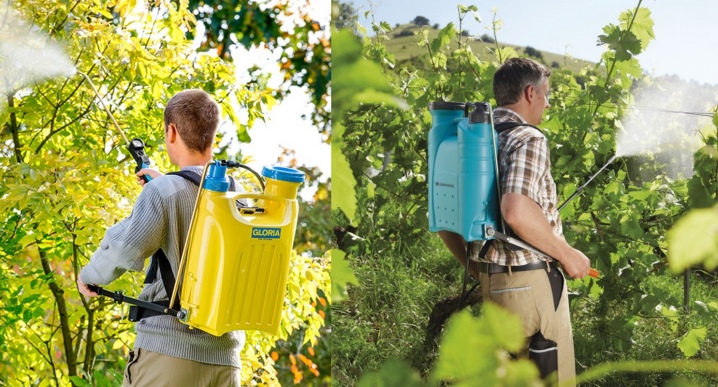
So, bulbous plantings are often affected by the onion fly. She makes clutches of eggs on the bulbs of plants and thereby causes significant damage to them. Whole colonies of larvae begin to gnaw the tubers, and after the death of the entire plant, they are distributed in the ground and pupate.
To destroy such a pest, 50 g of tobacco powder is mixed with 250 g of wood ash and the contents of one packet of ground pepper or dry mustard.This mixture is dispersed over the soil surface through a spray nozzle 5–10 cm from the root collar. The treatment is repeated 2 times per season, preferably in July and April.
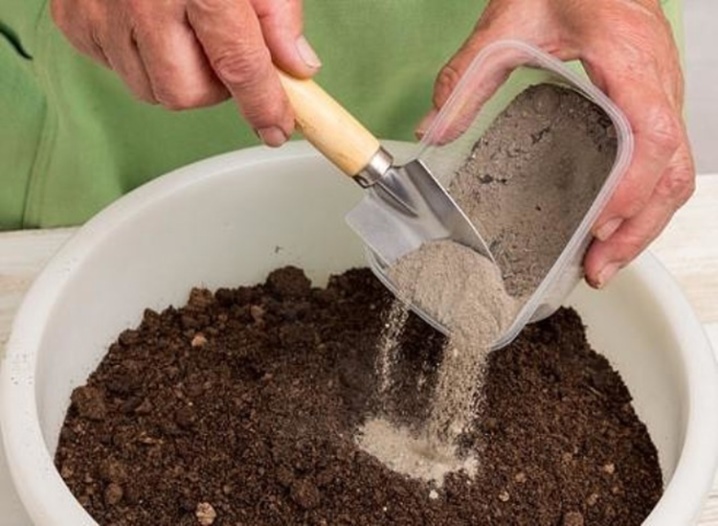
- To remove aphids on raspberry, gooseberry and currant bushes, as well as on roses, you first need to destroy the ants. These insects build entire colonies of aphids on the leaves and stems of cultivated plants. To combat insects, the soil is pollinated in the habitats of these parasites; to process a square meter of land, you need 25 g of dry powder. To get rid of the raspberry beetle, in early spring, while loosening the soil, you need to sprinkle the soil with powder.
- Cucumbers often become victims of cucumber mosquitoes, in a short time they are able to destroy an entire garden bed of this plant. To prevent defeat, powder must be added to the ground at the time of spring digging. And immediately before planting seedlings, you should shed the earth with a hot broth.
- A strong decoction will be most effective for processing potatoes; it is capable of destroying Colorado beetles. To do this, 500 g of crushed dust is diluted in 10 liters of water, insisted for a couple of days and filtered.
- Slugs that attack cabbage bushes can also be killed with tobacco powder. In this case, it is better to give preference to the dusting technique. A good effect is given by a mixture of tobacco product with lime in equal proportions. To process a square meter of a garden bed, you will need 35 g of the mixture. To increase the effectiveness of the fight against fly and cruciferous flea in a cabbage bed, dry matter is combined with slaked lime or wood ash in equal proportions. 1/4 cup of the prepared composition is enough to treat a square meter of soil using the dusting method.
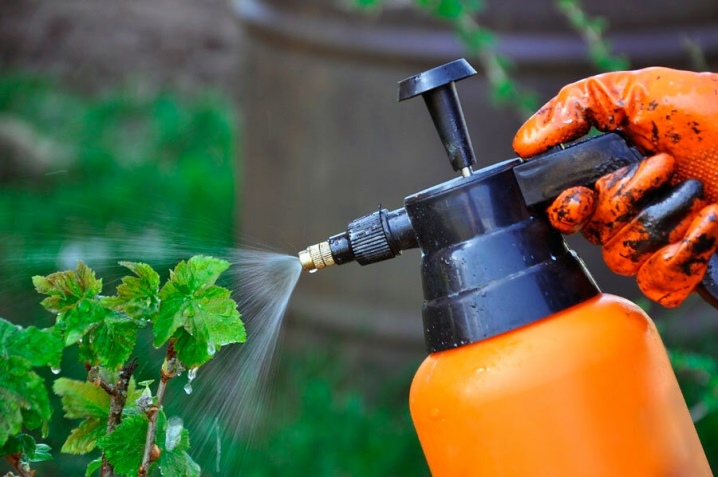
Security measures
Despite the fact that tobacco dust is a product of natural origin, it must be used with extreme caution.
- Tobacco dust is a finely dispersed mixture that can easily enter the respiratory organs of a person. Therefore, when working, use protective equipment (mask / respirator and rubber gloves).
- All infusions should be made in metal, porcelain or glass containers not intended for subsequent storage of food.
- When using tobacco products to fumigate greenhouses, it is important to ensure that people and pets are not in the premises. When fumigating greenhouses and greenhouses, all doors and cracks should be sealed first, and after the worker leaves the greenhouse, the door should be carefully tightened with foil.
- When working with liquid molds for tall trees, you will need rubber boots, a long-sleeved raincoat, and a gas mask. A headgear is needed to protect the head and hair.
- Liquid solutions and infusions should be used immediately after preparation.
- The dry preparation is contained in a hermetically sealed container.
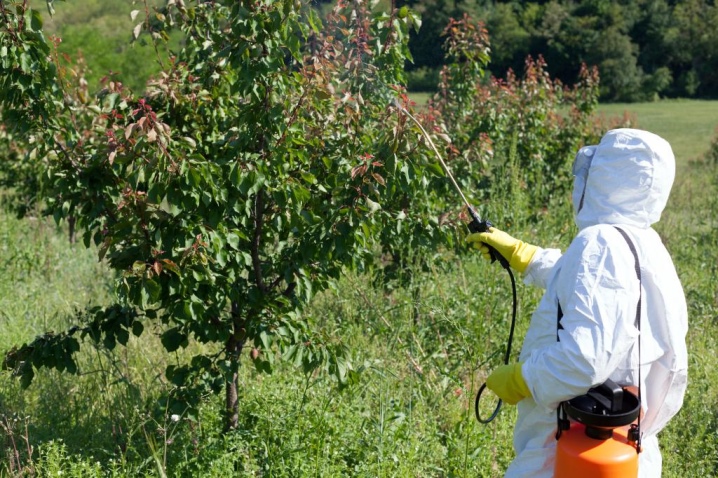
Be aware that there is a high risk of tobacco dependence if the tobacco dust is absorbed by the skin and inhaled. Therefore, avoid direct contact with this powder. If the substance comes into contact with the skin or eyes, rinse the damaged area with plenty of running water as soon as possible.
Review overview
Adherents of the theory of organic farming in horticulture and horticulture dislike tobacco dust. They express concern that the dust is harmful due to the negative effects of nicotine on the human body. But, as practice shows, if all safety instructions are followed and the waiting period for the harvest is maintained, this toxin becomes harmless to people. In addition, after such treatment, pests disappear from the fields in a matter of hours, in a hurry to leave their favorite plants.
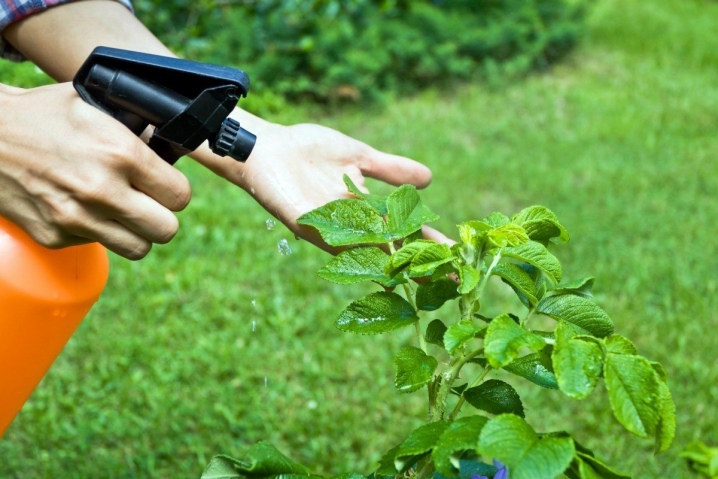
In general, reviews on the use of tobacco dust for agricultural purposes are positive. Experienced gardeners claim that this is one of the most powerful insect pest control agents.Many people find that the use of nutrients contained in tobacco dust helps to achieve a 40% increase in yield. However, such feeding should be carried out no more than 2 times per season. The best solution would be to apply the powder in the spring and autumn when digging up the soil.
The benefits of tobacco powders have been proven for the defeat of late blight.

Waste from tobacco production is often used for composting - the addition of powder increases the concentration of nutrients, and the decomposition process is much faster.
Gardeners who have completely abandoned the use of chemicals in their area give tobacco dust the highest ratings. A big bonus is the availability of the drug, its low price and 100% naturalness. Tobacco powder is a unique product that effectively manifests itself in the fight against a variety of insect pests in the backyard.
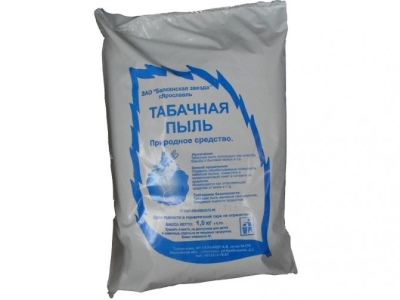
A characteristic feature of tobacco dressings is that they can be used in different forms: for fumigation and for preparing infusions. Which of these methods is more effective is difficult to determine. Their use is due to the characteristics of the pest that attacked the garden, and the degree of damage to the plant.
How to apply tobacco dust from pests, see the video below.













The comment was sent successfully.